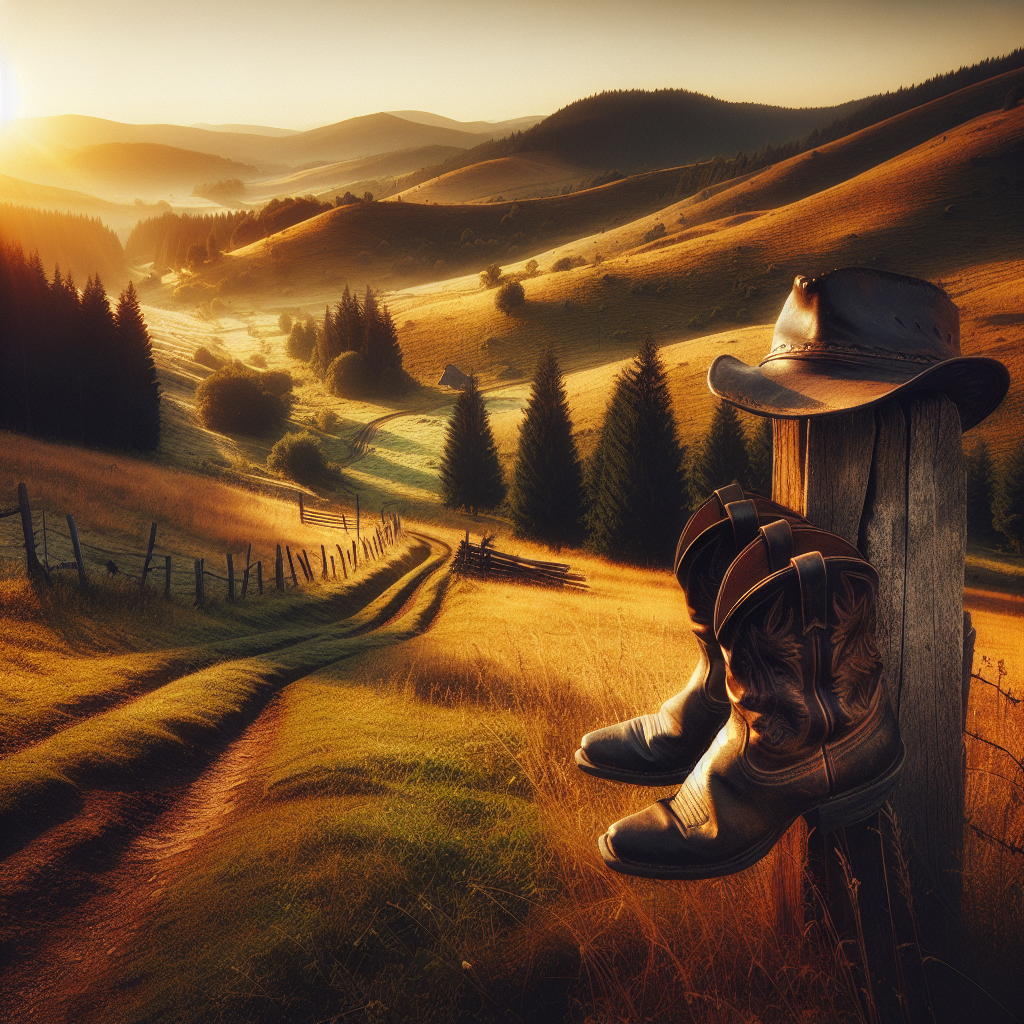Introduction to Navigating Without a Map
Now, I’ve spent my fair share of time deep in the woods, where the only map you have is the lay of the land and the sky above. Let me tell you, navigating without a map ain’t just about finding your way; it’s about understanding nature and trusting your instincts. It’s like knowing how to read the river’s mood before casting a fly – it comes with patience and practice.
Using Natural Landmarks
First things first, when you’re out there without a map, your best friends are the natural landmarks. Could be a river, mountain, or even a uniquely shaped tree. These are your markers, your points of reference. Remember, the way a river cuts through the land or how a mountain stands mighty against the sky, these don’t change much and can guide you as good as any map.
Reading the Sun and Stars
My daddy taught me how to find my way by the sun and stars, and it’s saved my hide more than once. The sun rises in the east and sets in the west, simple as that. But you gotta watch its path during the day to keep you walking straight. At night, find the North Star (Polaris) in the Northern Hemisphere. It stays true north and is a reliable guide when the night gets dark and deep.
Understanding Nature’s Signs
Nature talks to us, telling us which way is what through signs. Moss often grows on the north side of trees in the northern hemisphere, because it prefers the shade. And, just like reading a creek tells you about fish, observing which way flowers tilt or trees lean can show you the sun’s path and wind patterns. All this helps in navigating without a map.
Improvising with Modern Tools
Now, if you’ve got a watch, you can use it to find your direction. Point the hour hand at the sun: halfway between that point and the 12 on your watch points south. Simple tools, when used wisely, can offer a lot of guidance.
Making Mental Maps
A big part of navigating without a map is keeping a mental note of your journey. Every time you pass a significant landmark, make a note in your mind or even jot it down if you can. This mental mapping helps you trace back your steps if needed and keeps you oriented.
Practical Tips for the Unmapped Trails
Here are a few quick tips for you:
- Always tell someone your plans before heading into the wild.
- Carry a compass, even if you prefer no maps. It’s lightweight and could be crucial in a pinch.
- Practice these skills locally before you really need to rely on them.
Conclusion
Navigating without a map is a skill that blends art, science, and spirit. It’s about becoming one with the wilderness and listening to the earth’s whispers. Next time you step into the woods, try leaving the map behind. You might just discover a new way of seeing the world.
If you’re looking to expand your outdoor survival skills further, consider reading about how a loyal dog can be your best companion and protector in the wild in How My Dog Saved Me from a Copperhead.


